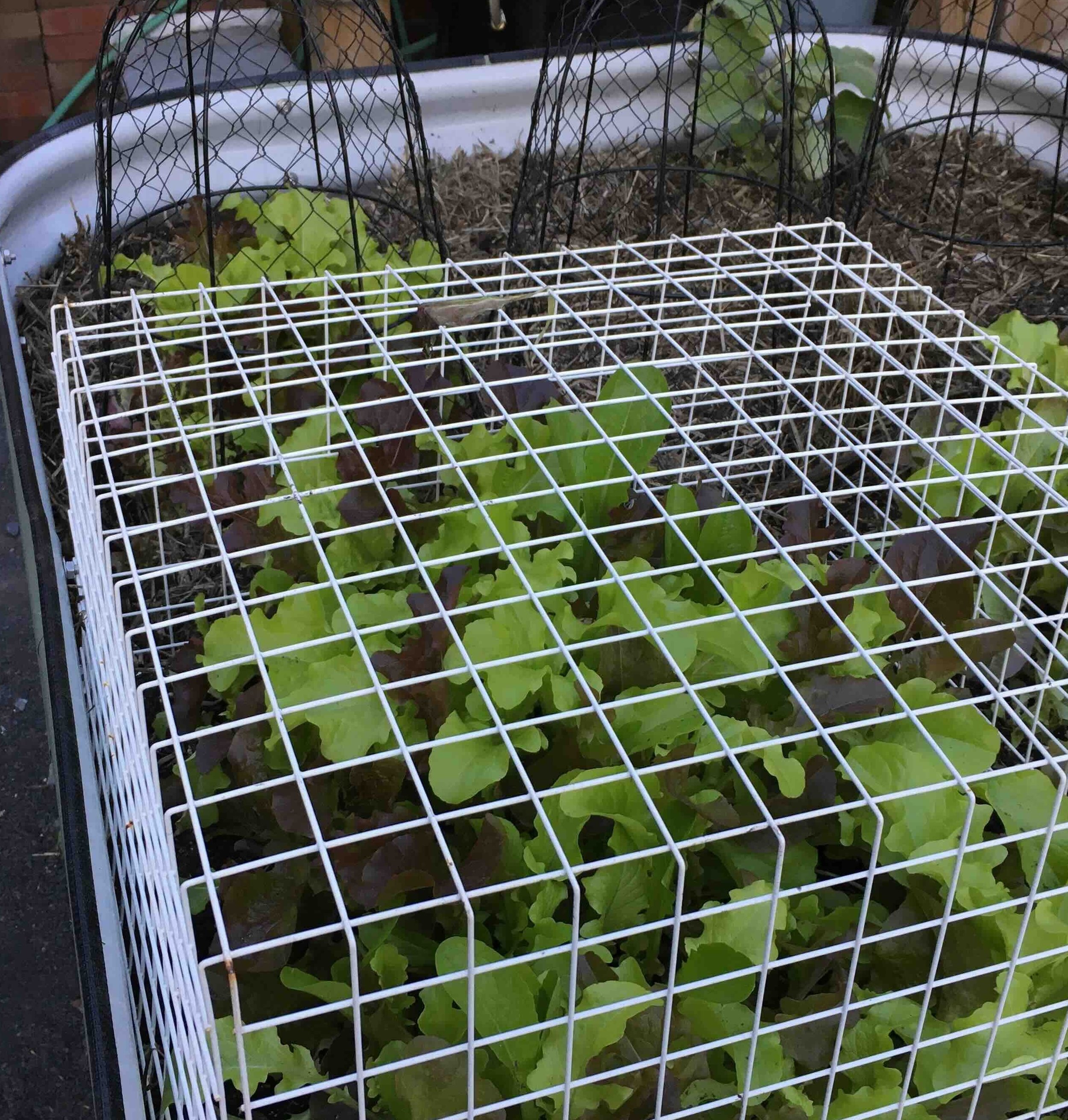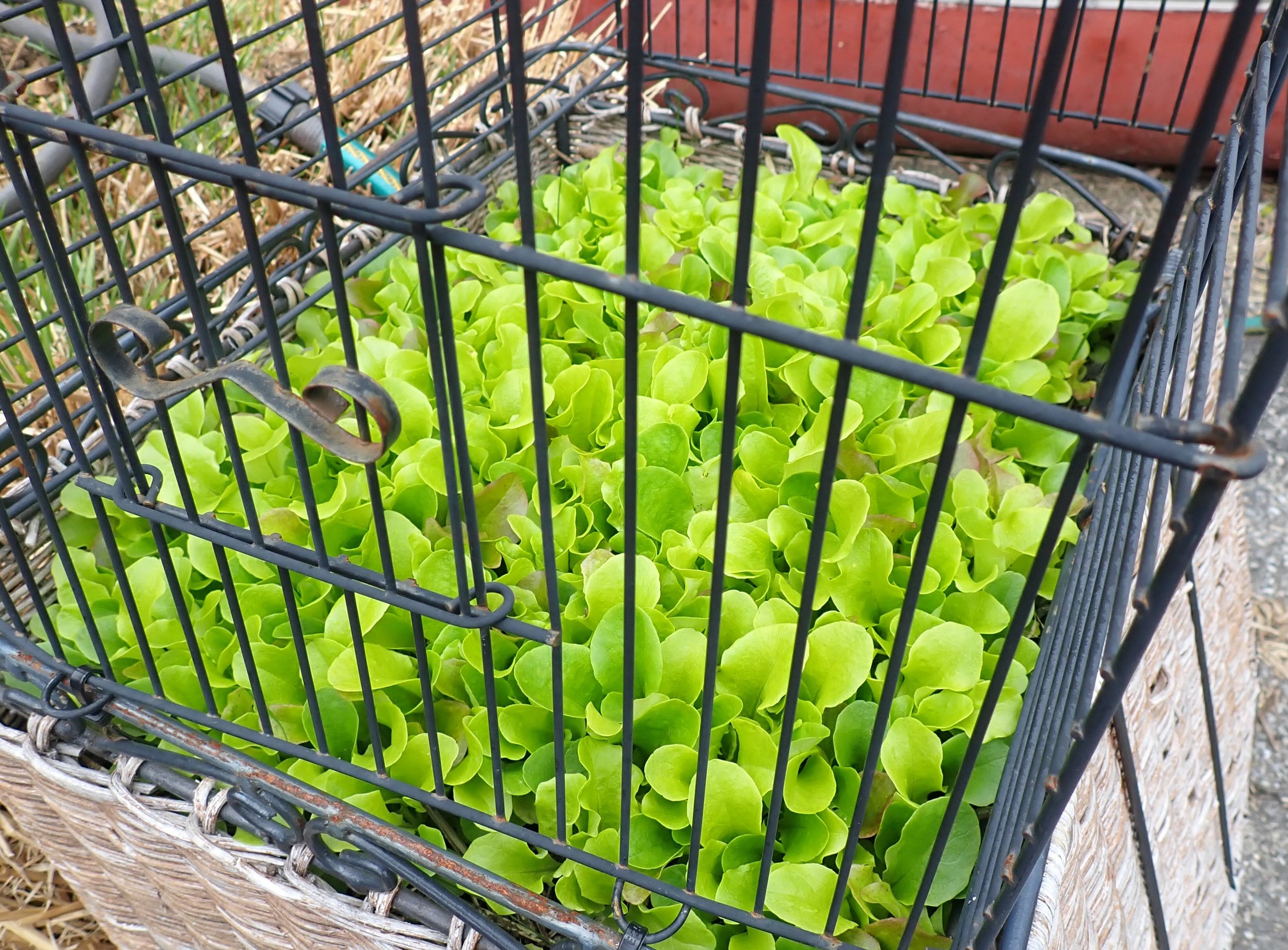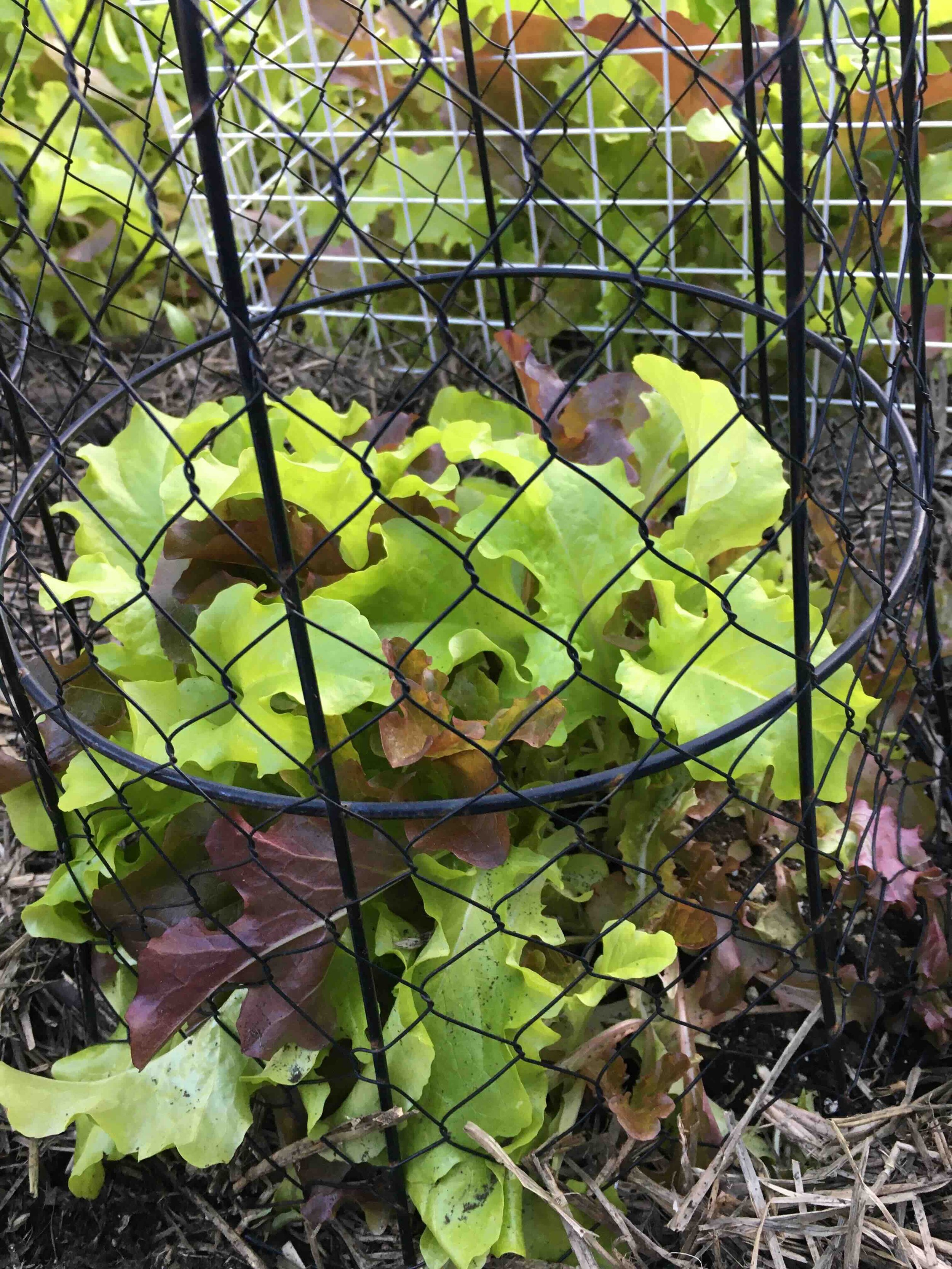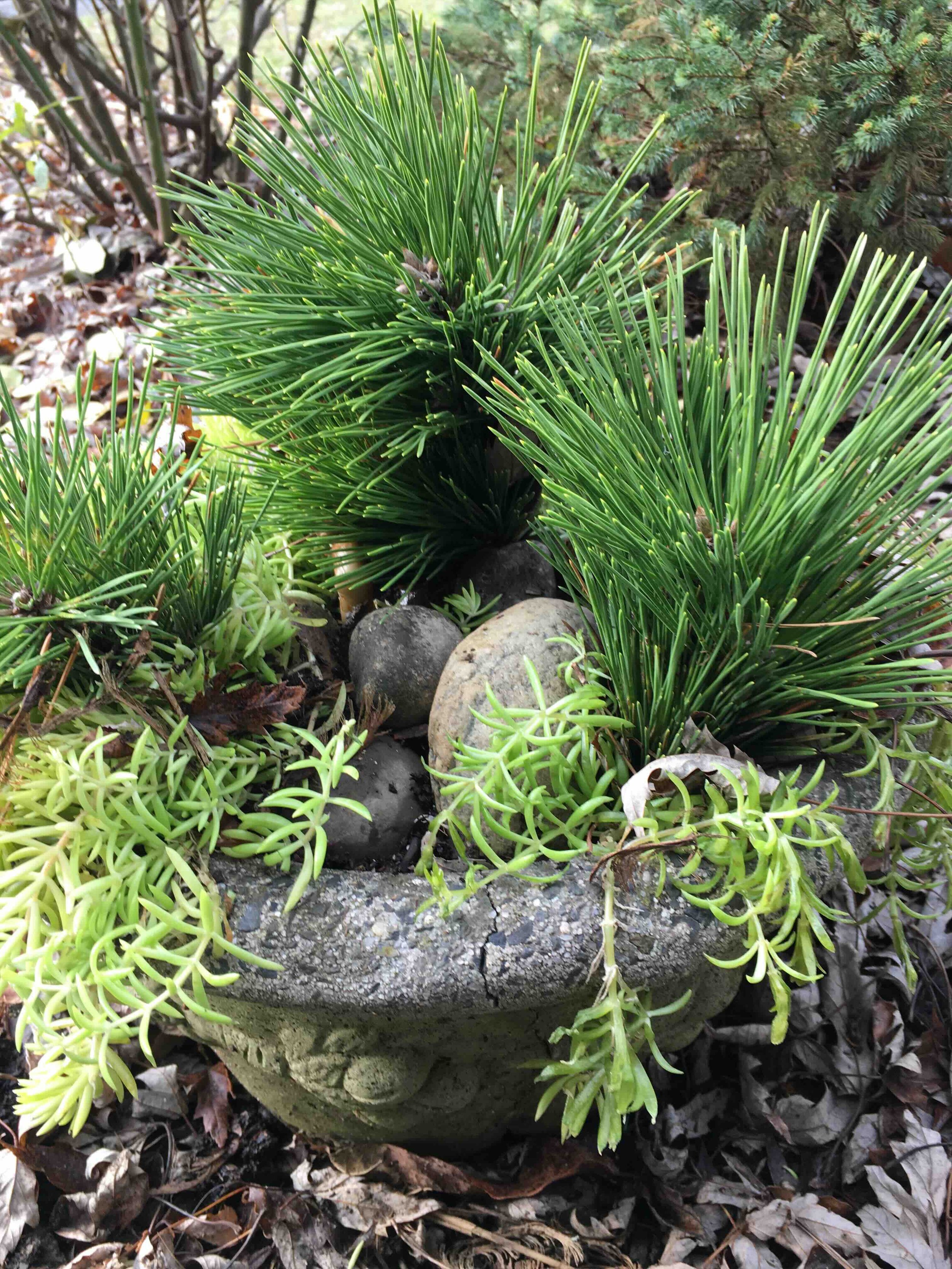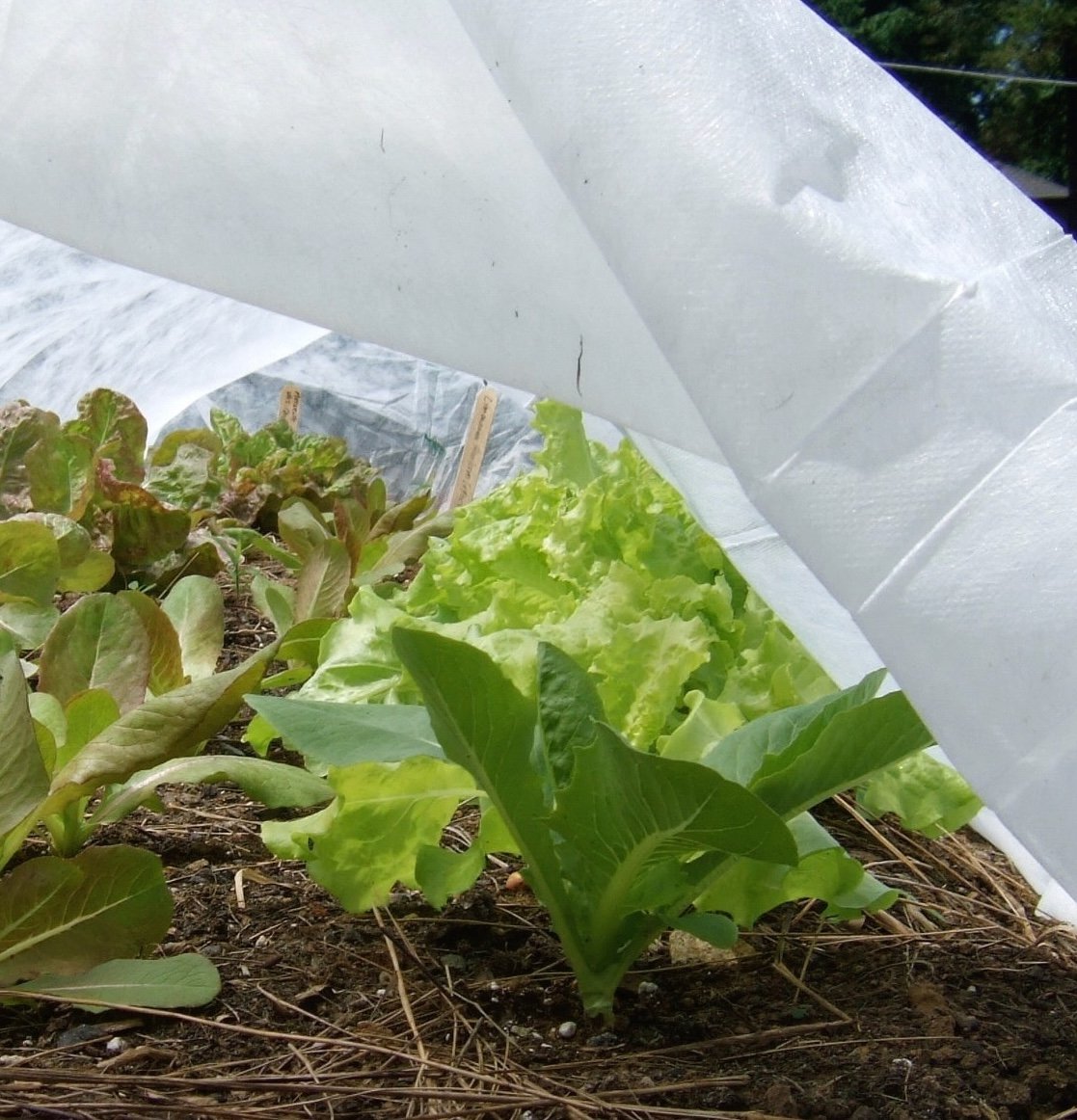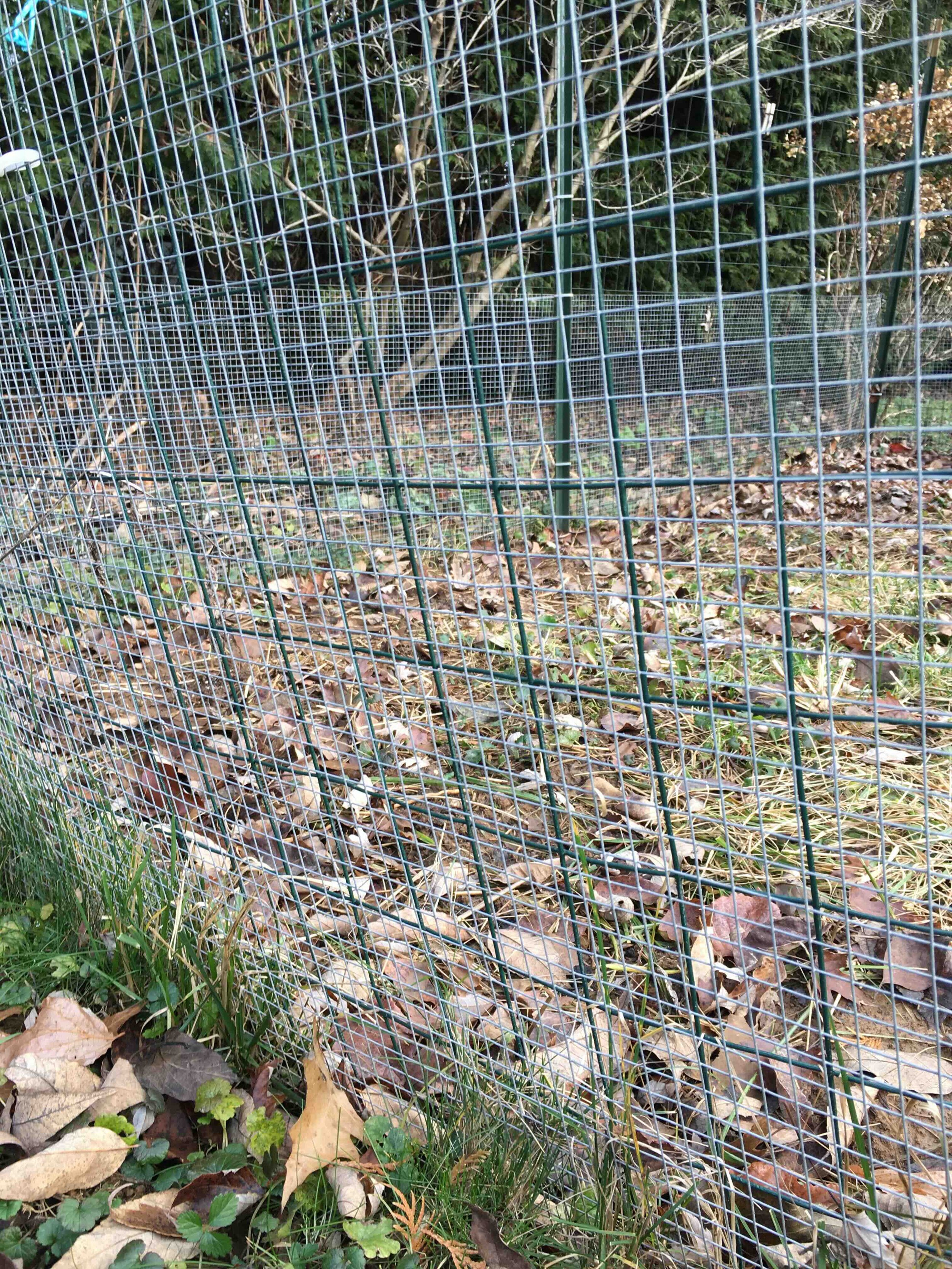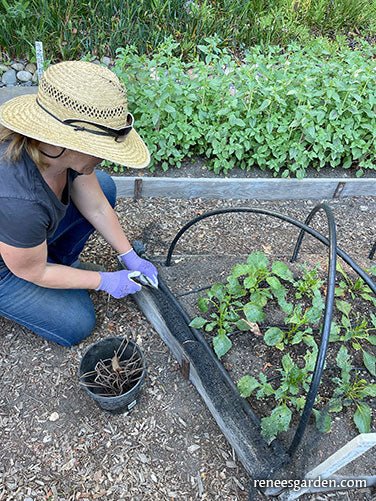Thwart Animal Pests
Your garden is a haven for you. It’s also an attraction for squirrels, chipmunks, birds, and all manner of other animals. It’s not that we don’t love wild animals—we just don’t love it when they dig, poke, and nibble in our gardens. There are myriad ways to protect plantings from being dug up or eaten. Repellents with unpleasant smells, or cayenne pepper sprays can be purchased or concocted. You can also repurpose materials you no longer use, or scavenge for materials. Think creatively!
Squirrels love to bury nuts in your garden soil. In the process they can destroy your seedlings.
Squirrels can be a big problem, particularly in an urban garden. Rule one is don’t feed them! According to the USDA, human food is not healthy for wild animals, and they don’t need food from humans to survive—there are plenty of nuts, seeds, and fruits to keep them well fed. The problem in not that squirrels eat your garden plants. It’s that your loose garden soil is just perfect for burying nuts. You can prevent damage with a protective cage, or by suspending bird netting, row cover, or chicken wire over your beds. You can also try “planting” plastic forks tine side up, or dotting the soil with lots of bamboo skewers.
In flower pots, river rocks can do the trick. Just set rocks of various sizes, from 2 to 4 inches, around your plants.
Cages can be purchased or scavenged. From left to right: wire basket from a rolling cart; a discarded birdcage; a purchased cloche. River rocks keep container plants from being dug up by squirrels.
Rabbits are nibblers and nesters. Protective covers will help with them as well. They make nests in the garden, or even in the lawn, and before you know it there is a second generation, and then a third. Some rabbit species produce 4 or 5 litters a year! Repellents can help, and so can a 2 to 3 ft high fence. They can squeeze through small spaces, so the mesh holes should be no larger than 1¼ inch. Natural predators, including foxes, coyotes, owls, hawks, and other birds of prey, are welcome visitors to the garden if you are overrun with rabbits.
Row covers will protect food crops from being eaten by rabbits. A tight-mesh fence will exclude them from your garden; if your fence holes are too large, line the bottom two feet with hardware cloth. Bury it a few inches under the soil if groundhogs are a problem.
Birds are generally beneficial visitors in the garden. They eat caterpillars, grasshoppers, cucumber beetles, and more. But when they pick off your sprouting bean and corn seeds, that’s a problem. Fortunately, there are easy solutions. A fake snake or even a length of black hose shined up with petroleum jelly and coiled between rows may discourage them. Or cover the seeded rows with row cover or bird netting until the plants are well rooted. Strips of aluminum foil or brightly colored plastic, or cds attached to string that is stretched over the bed will help also.
Netting stretched over a raised bed will protect seedlings from pests of all kinds. If your beds are 18 inches or deeper you can stretch the netting directly on top, allowing the seedlings space to grow beneath. Center/Right: Create bird and rabbit safe beds by making hoops with pliable poly tubing. Stretch the netting tautly over the supports and pin it down securely with landscape staples.
Reusable, movable cages can be easily constructed using pvc pipe and bird netting. Paint them to add interest to the garden. They will last several seasons.


